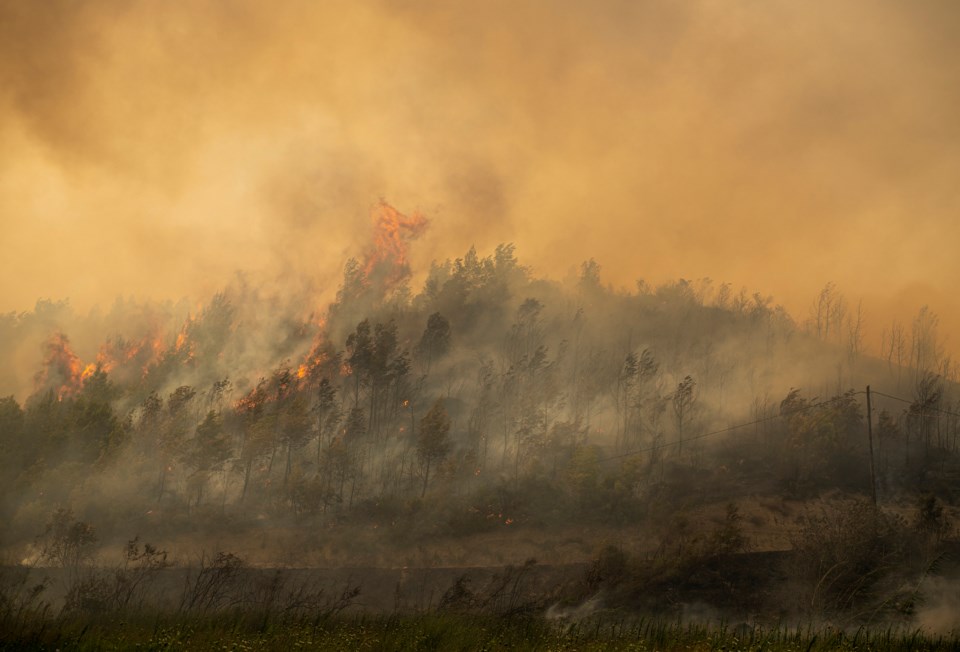REGINA — Only once or twice in the past two decades has the magnitude of wildfires in Saskatchewan compared to the 2023 season, Saskatchewan Public Safety Agency’s vice-president of operations says.
The SPSA has responded to 493 fires this year — well above the five-year average of 388. The total area burned is equivalent to five times the size of Prince Albert National Park. Vice-president of operations Steve Roberts said only 2015 and 2017 compare to the blazes this year over the past 20 seasons.
“As you saw nationally, wildfires are becoming more prominent,” Roberts said.
“Their impacts to people both from direct threat and from a smoke issue and impact, we saw the issue across Canada. We saw it was an issue internationally.”
Upwards of 55 per cent of the Saskatchewan fires were deemed to be caused by humans.
The SPSA warned that the fire season is not quite over and people should be mindful of how they manage fire, especially outdoors. Activities such as hunting, camping, and farming need be tended to with awareness.
At least 30 of this year’s total fires are still under investigation, with their causes undetermined.
“Those kinds of things we are heavily targeting,” Roberts said. “We are working with communities to better prepare themselves as fires occur.”
To date, 2,703 people have been forced from their home communities by fire this year. No fatalities due to wildfires were reported. There were 43 cases of structural damage.
Northern communities — many of them home to Indigenous people — were hit particularly hard by fires and smoke. Cliff Buettner, director of forest and emergency protective services with the Prince Albert Grand Council, said continued education, prevention and mitigation strategies are needed.
He noted the fire season is longer than in the past, starting earlier and ending later, with drought and lack of rain making the province more susceptible to fires.
“Under those conditions it’s very tough to suppress fires. You’re at the mercy of the weather. I hope it’s not something we see more often where we have more extreme fires,” Buettner said.
“It puts a strain on the resources that we have when the whole nation is in the same situation.”
At least eight Saskatchewan communities — including Buffalo Narrows, Ile a la Crosse, La Ronge and Denare Beach — were evacuated this year due to smoke and factors such as limited health facilities for emergencies.
Aircraft were heavily used in the fire response plan and more than $7 million was spent on utilizing heavy machinery.
Across Canada, 6,588 wildfires were reported this year, affecting 18 million hectares of land, according to the latest figures from the Canadian Interagency Forest Fire Centre.
Kimiya Shokoohi is the Local Journalism Initiative reporter for the Saskatoon StarPhoenix. The LJI program is federally funded by the Government of Canada.




